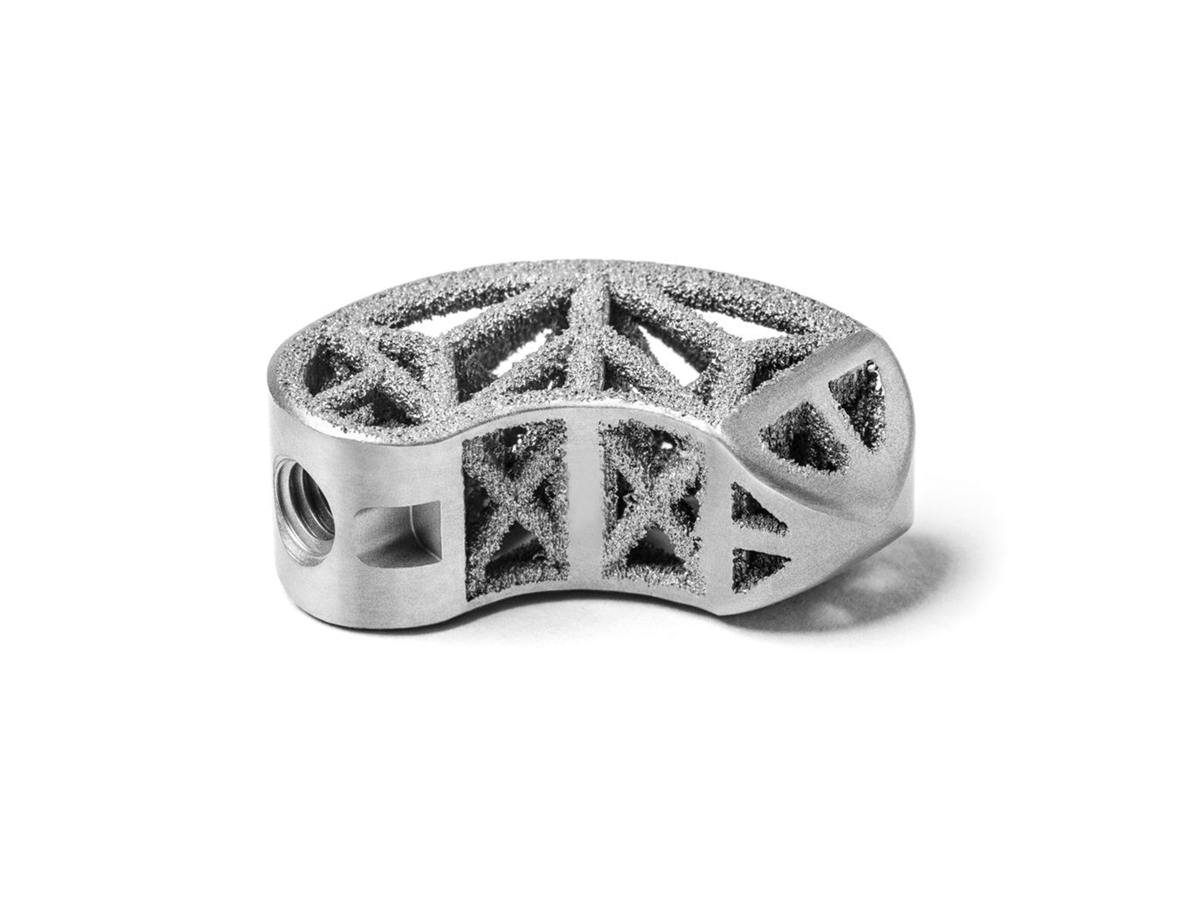Custom Aluminum Prototypes via 3D Printing for Lightweight and Functional Designs
Introduction
Aluminum alloys are valued for their lightweight characteristics, high strength-to-weight ratio, and superior thermal conductivity, making them ideal for custom prototypes created through advanced 3D printing. Industries such as automotive, aerospace, and consumer products benefit significantly from aluminum prototypes produced via Powder Bed Fusion, enabling intricate designs with exceptional dimensional accuracy (±0.1 mm).
Leveraging advanced aluminum alloy 3D printing, engineers and designers can rapidly prototype functional components, reducing development cycles and enhancing product performance through innovative, lightweight designs.
Aluminum Material Properties
Material Performance Comparison Table
Aluminum Alloy | Tensile Strength (MPa) | Yield Strength (MPa) | Density (g/cm³) | Thermal Conductivity (W/m·K) | Applications | Advantages |
|---|---|---|---|---|---|---|
450-480 | 250-300 | 2.68 | 113-120 | Lightweight parts, automotive | High strength-to-weight, excellent machinability | |
310-330 | 270-290 | 2.70 | 150-170 | Aerospace structures, functional prototypes | High tensile strength, corrosion resistance | |
540-570 | 470-500 | 2.81 | 130-150 | High-stress components, military applications | Superior strength, fatigue resistance | |
320-350 | 150-180 | 2.76 | 92-96 | Die-casting prototypes, consumer products | Good castability, thermal conductivity |
Material Selection Strategy
Selecting appropriate aluminum alloys for 3D printed prototypes requires careful consideration of mechanical requirements, thermal performance, and intended application:
Aluminum AlSi10Mg: Ideal for lightweight, structurally optimized automotive prototypes due to its balanced tensile strength (~480 MPa), low density, and ease of machining.
Aluminum 6061-T6: Excellent for aerospace and industrial prototypes demanding good corrosion resistance, moderate strength (up to 330 MPa tensile strength), and high thermal conductivity (150-170 W/m·K).
Aluminum 7075-T6: Preferred for high-stress or load-bearing prototypes, offering superior tensile strength (up to 570 MPa), fatigue resistance, and durability, suitable for aerospace or military applications.
Aluminum ADC12 (A380): Appropriate for consumer product prototypes or components requiring intricate casting-like details, good machinability, and moderate thermal performance (92-96 W/m·K).
3D Printing Techniques for Aluminum Prototypes
3D Printing Process Comparison
3D Printing Process | Accuracy (mm) | Surface Finish (Ra µm) | Typical Uses | Advantages |
|---|---|---|---|---|
±0.1 | 6-20 | Complex aerospace, automotive parts | High accuracy, intricate geometries | |
±0.2 | 12-25 | Large structures, part repairs | Rapid deposition, multi-material capability | |
±0.3 | 8-20 | Prototype molds, conceptual parts | Cost-effective, rapid turnaround |
3D Printing Process Selection Strategy
Choosing the right additive manufacturing process for aluminum prototypes involves assessing complexity, desired precision, and functional requirements:
Powder Bed Fusion (ISO/ASTM 52911-1): Ideal for precision aluminum prototypes with complex geometries and tight tolerances (±0.1 mm accuracy), widely used in aerospace and automotive lightweighting projects.
Directed Energy Deposition (ISO/ASTM 52926): Suitable for larger components, repairs, or hybrid manufacturing applications where moderate accuracy (±0.2 mm) and higher deposition rates (up to 5 kg/hr) are advantageous.
Binder Jetting (ISO/ASTM 52900): Best for quickly producing conceptual models, molds, or tooling, offering rapid build times and cost efficiency with moderate accuracy (±0.3 mm).
Surface Treatments for Aluminum Prototypes
Surface Treatment Comparison
Treatment Method | Surface Roughness (Ra µm) | Corrosion Resistance | Max Temp (°C) | Applications | Key Features |
|---|---|---|---|---|---|
0.4-1.2 | Excellent | 200 | Automotive, aerospace components | Enhanced corrosion resistance, decorative finishes | |
≤0.3 | Excellent | 250 | Precision parts, medical devices | Smooth surface, reduced friction | |
1.0-2.5 | Superior | 180 | Consumer products, durable components | Robust protection, customizable colors | |
2.0-4.0 | Good | Material limit | Structural prototypes, surface adhesion | Enhanced mechanical bonding, uniform textures |
Surface Treatment Selection Strategy
Applying the appropriate surface treatments significantly enhances performance, durability, and aesthetics:
Anodizing: Provides superior corrosion resistance and aesthetic finishes, making it ideal for automotive and aerospace prototypes requiring long-lasting, protective surfaces.
Electropolishing: Suitable for high-precision prototypes needing exceptionally smooth surfaces (Ra ≤0.3 µm), ideal for friction reduction or cleanroom applications.
Powder Coating: Delivers excellent mechanical and corrosion protection with a customizable appearance, highly beneficial for durable consumer products and equipment prototypes.
Sandblasting: Improves surface adhesion for coatings or bonding, providing uniform roughness (Ra 2.0-4.0 µm), ideal for structural aluminum components.
Typical Prototyping Methods
Aluminum 3D Printing: Quickly creates complex prototypes (±0.1 mm accuracy) optimized for lightweight and functional designs.
CNC Machining Prototyping: Provides precise dimensional refinements (±0.005 mm accuracy), critical for functional validations.
Rapid Molding Prototyping: Efficiently produces small batches (±0.05 mm accuracy) for performance testing and evaluation.
Quality Assurance Procedures
Dimensional Inspection (ISO 10360-2): Ensures prototypes meet precision standards (±0.1 mm) through detailed CMM verification.
Material Density Verification (ASTM B962): Confirms optimal density (≥99.5%) and structural integrity of aluminum prototypes.
Mechanical Property Testing (ASTM E8): Validates tensile strength and yield strength to specified aerospace and automotive standards.
Surface Finish Inspection (ISO 4287): Confirms adherence to precise surface roughness specifications (Ra 0.3-4.0 µm).
Corrosion Resistance Testing (ASTM B117): Ensures prototypes withstand harsh environmental conditions.
ISO 9001 and AS9100 Certification: Guarantees adherence to strict aerospace and automotive quality management standards.
Key Industry Applications
Automotive lightweight components
Aerospace structural parts
Consumer electronics housings
Industrial equipment fixtures
Related FAQs:
What are the benefits of aluminum 3D printed prototypes?
Which aluminum alloys are ideal for 3D printing?
What surface treatments enhance aluminum prototypes?
What standards ensure quality aluminum prototyping?
Which industries benefit most from aluminum 3D printing?

